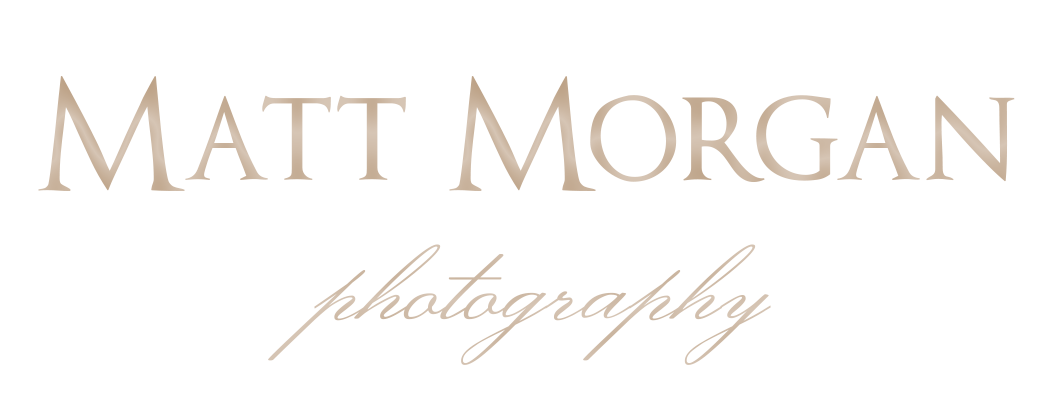So I have been asked more frequently as of late if I provide any lessons, workshops or tutorials. While workshops have been placed on the back burner for the time being due to being flooded with weddings, I thought that I would post a tutorial section for those interested. So this first post is more of an intro to portraits that will serve as a base for the posts to follow. It doesn’t matter which camera system you shoot with. All brands are exceptional. I have shot with both Nikon and Canon and love both. They all have slight differences, but whether you shoot with a Nikon, Sony, Canon, or Pentax system, you will still get beautiful results if you follow these simple rules.
Manual Mode
If you are not shooting manual, then you need to start. In “Auto” mode, you are essentially giving all creative control over to the camera and the camera does not have a brain, a creative thought process, nor is it a mind reader. It has programming that will give you proper exposure. That is all. If you are not familiar with manual mode, I recommend you just start playing around in it. If you do not know the three major factors of shooting in manual, I recommend you google shutter speed, aperture and ISO. Those are the three adjustments that you will have to be making to create a proper exposure with a flattering effect. These settings determine the amount of light and depth of field (amount in focus) that will be sent to the sensor in the camera to create an image.
Exposure Settings 101
ISO – The first thing I will set is my ISO. I want to keep this as low as possible (around 100-800). The higher the number, the more the image quality will degrade. It will get grainier and grainier and more and more detail and sharpness will be lost. So if it is a bright day, there is no reason to be above 400.
Aperture/F-stop – A major thing people want in professional photos is that background blur. This is often referred to as Bokeh in the photography world. In order to get that creamy blurred background, you’ll want to have your aperture at its one of its lowest settings. So if you have a 50mm F/1.8 lens, I would recommend setting it at F/1.8 or F/2.0. If you have an 18-55mm kit lens or something similar with a ranging aperture of something like F/3.5-5.6, set it at the lowest possible setting, which will most likely be F/5.6 when zoomed to 55mm. That aperture will be fairly difficult to get that bokeh with at 55mm and you won’t get any bokeh at 18mm so I would recommend picking up a cheap F/50mm 1.8. Most brands have one for $120 or so new. It will be well worth the purchase. If that is not in the budget, I’ll get more into some other tips to help with bokeh in the lens section.
Shutter Speed – This is the final setting that I will dial in for outdoor sessions. It completely depends on the level of light available. I just put the centre focus point over the person’s skin and look at the meter. If the little tick mark is off to the side, spin that shutter speed dial until it is on the centre point. As a rule, I won’t lower my shutter speed below 1/200 sec. Otherwise your photos may not be sharp. You wont have a problem with getting this low with the amount of light available outdoors in the daytime though. Now you have a perfect exposure with a beautiful background blurred out. It’s as simple as that? Sort of.
Image Quality
Shoot RAW. Period. I would really like to just finish it there to illustrate how important this is but I’ll explain. When you shoot raw you are able to manipulate everything. You are able to get really stand out images by popping colours individually, recovering blown highlights or clipped shadows (too bright or too dark areas with zero detail). If you miscalculate the exposure you can still recover it in post when shooting raw. Also, I know there will be some who disagree with this, but I don’t really think you can have a truly unique style without editing your own images. Your shooting style may be unique but the final look of the image is ultimately determined by the camera brand’s software. To me, shooting jpeg is the same as shooting in auto mode for post processing. Just shoot RAW.



